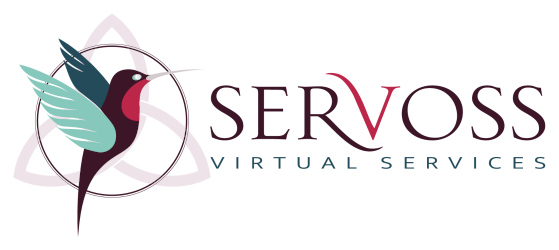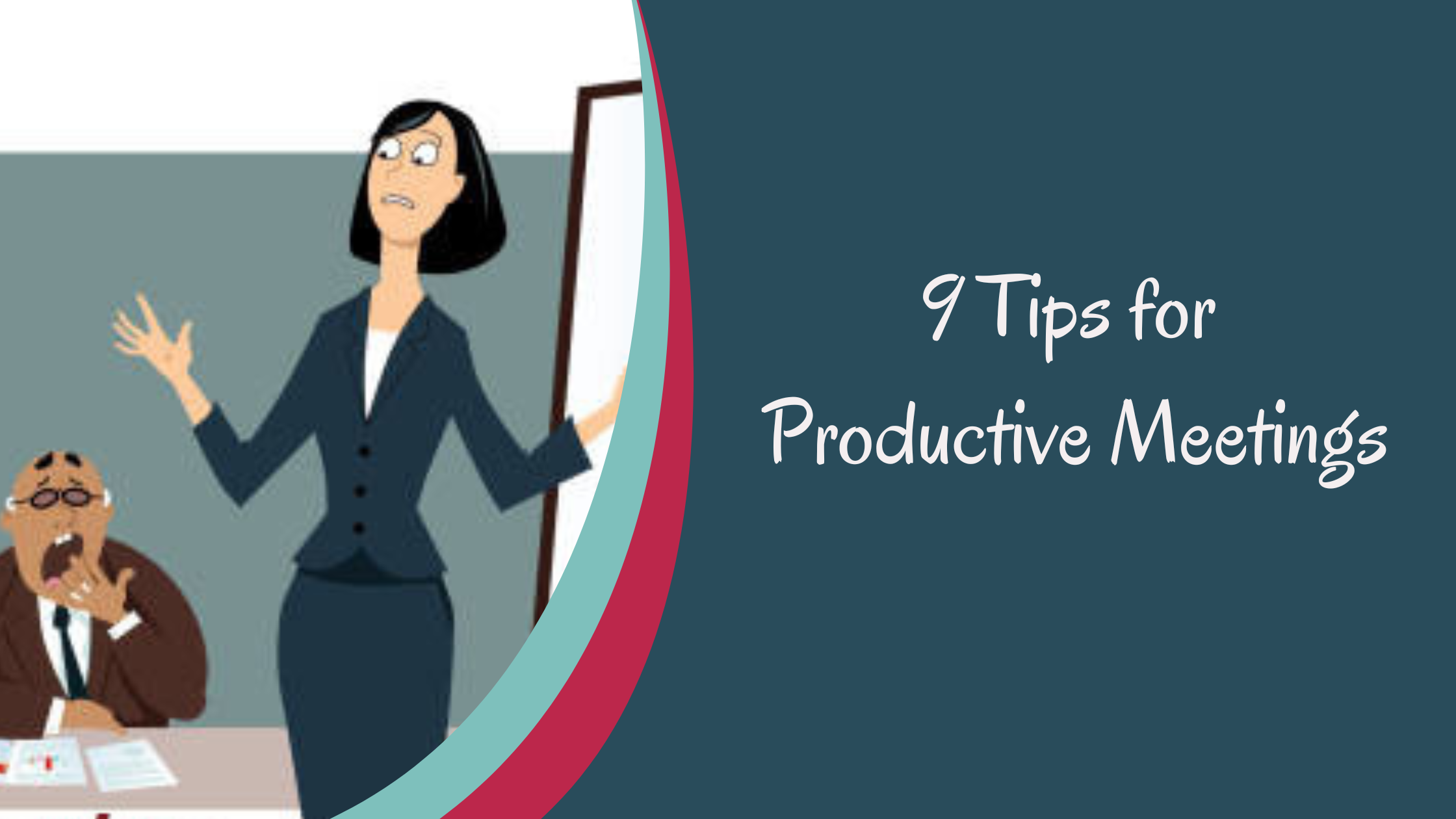Have you ever attended a meeting, and thought “This is such a waste of time!”? There was no focus, purpose or goal to the meeting, and it just ended up being a venting session where the people there just complained about everything? And the person that was supposed to be running the meeting did nothing to keep the conversation on topic? I get it. I’ve been there. Those types of meetings ARE a waste of time. They are unproductive, and depletes any positivity that may have been there in the beginning.
Harvard Business Review conducted a survey of 182 managers in several different industries about meeting productivity (https://hbr.org/2017/07/stop-the-meeting-madness). Here’s what they found:
- “65% said meetings keep them from completing their own work
- 71% said meetings are unproductive and inefficient
- 64% said meetings come at the expense of deep thinking
- 62% said meetings miss opportunities to bring the team closer together”
There are many ways to have a productive, time efficient meeting. I have listed the top 10 tips that I have found, in over 9 years of experience running board and committee meetings, that work the best.
1. Have a Clear Purpose for the Meeting
Before the meeting even begins, before an agenda is even created, make sure there is a clear purpose and goal for the meeting. Here are some questions to ask yourself:
- What do you, as the facilitator, want to accomplish during the meeting?
- What questions do you need answered?
- What information needs to be shared?
- How do you want to move forward with the project, committee goals, mission, etc.?
2. Create an Agenda & Distribute it Prior to the Meeting
Agendas help keep conversations on topic, and if followed, will keep meetings to the desirable length. They are very helpful for participants to know what discussions to expect and how to prepare for the meeting. For governmental meetings in New York State that fall into the Open Meetings Law, notices and agendas for meetings should be available and posted 72 hours prior to the start of the meeting. But as a board member, I like to get agenda packets at least a week before the meeting. That gives everyone plenty of time to read the packet, which should include any backup documentation or information that might help the board or committee make a decision.
As the coordinator of a quasi-judicial board for a municipality, I tell everyone that needs a decision made by the board that the more information they can provide prior to the meeting, the faster that board can make a decision. I believe this policy has helped many community organizations over the years get answers sooner than if they had not provided the information before the meeting and had to be asked for it.
3. Start on Time
Let’s face it: time is money. Even in the non-profit and government worlds. So, why waste time waiting for everyone that is supposed to be at a meeting to get to the meeting? You have a lot to do! Starting your meeting on time, or within 5 minutes, without waiting for every last person to get there, will send a message to those that are late that they need to get to the next meeting on time. Starting on time also sends a message to those that actually do show up on time that you value their time and don’t want to waste it waiting for others. So, start on time, and you’ll be taken just a bit more seriously.
4. Ban Long Meetings
My general rule is to keep meetings to no more than 90 minutes. Having a time limit of no more than 90 minutes helps keep discussions moving and prevents participants from losing focus or get bored. Time limits also help keep conversation on topic. For smaller committees or smaller agendas, 30-60 minute meetings are better. Everyone’s time is valuable, and you don’t want to waste it with having a meeting that is longer than needed.
5. Attention, Please!
As a general rule of etiquette, participants should silence or power down their cell phones. As a facilitator, it is your job to remind them at the beginning of the meeting. In my opinion, being on the phone, unless they are taking notes, is disrespectful of your and the other participants’ time. As a participant, it can be embarrassing to be called on to answer a question after you’ve been focused on your phone and not listening to the conversation happening in the room. Silence or turn off your cell phone.
6. Listen More, Talk Less and Encourage Participation
Have you ever been in a meeting where the chair or the facilitator just keeps talking, and talking, and talking….? Or the chair isn’t the one taking up all the time, but one or two participants won’t let anyone else get in a word? I have. It is annoying, and another time suck, IMO. If they won’t let anyone else speak and give their opinions, then why have the meeting? Are they so self absorbed that they are afraid to hear what others have to say?
When running a meeting, start the conversation, but let others speak. And if you find that one or two people want to keep talking, politely cut them off and ask those that have been silent if they have anything to add. A lot of time, especially for introverts, that small question brings relief and enables a person to give their opinion and thoughts on a topic. They will be grateful for the time you given them.
7. Stick to the Topics
I really do not like it when off-topic conversations go on for several minutes. I understand that sometimes it’s warranted, but when participants keep chatting about things that are not on the agenda, and seem to delay the discussions that the meeting was planned for, that irritates me. Sticking to the agenda topics, and steering conversations back to the items at hand, show meeting participants that their time, as well as yours, is valuable and should not be spent frivolously. Also, staying on topic helps meetings stay short.
8. Clear, Actionable Items
As a team create a list of actionable items. Giving the team homework to do between meetings will give the team a sense of productivity. The meeting won’t be considered a waste of time, and work will actually be done. But you also have to follow up on those action items to ensure they are completed. Keep track of who is assigned what tasks, and at the next meeting, don’t be afraid to ask about the status of those tasks in front of the team. I have found that this, above most other things, will get people to do what they agreed to do. Also, having actionable tasks helps a committee feel that they are contributing to the mission and goal of an organization, and not just meeting to meet.
9. Summarize
At the end of a meeting, the leader should summarize the discussions that were held during the meeting to ensure everyone got the general gist of what was discussed, along with the tasks that were assigned to be completed before the next meeting. Along with the summary, the next meeting should be either scheduled or announced to make sure it is on everyone’s calendars. This helps set expectations of participation in future meetings.
There are other tips and tricks that can be used to create productive meetings. This list contains those tips that I have found work best. Meetings are a fact of life, either good or bad. And we all have to attend way too many of them. But doing the things in the list will help, even in a small way, to reduce wasting time and keep teams productive. Now, let’s go meet!


No responses yet